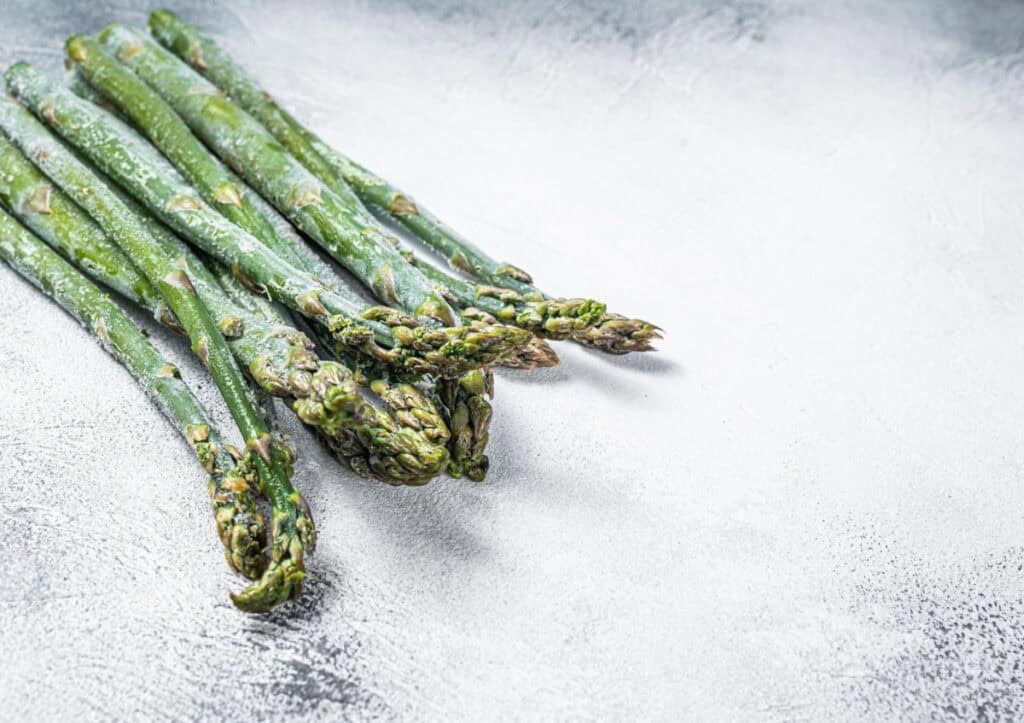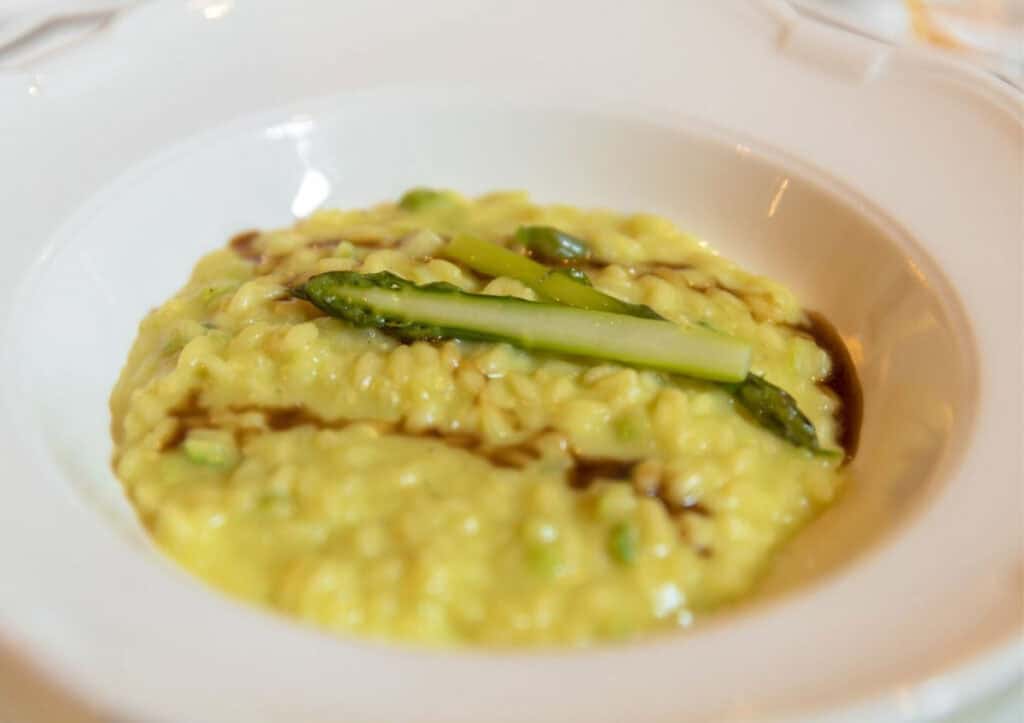Enjoying bright, crisp asparagus is one of the joys of spring and early summer. Freezing asparagus is a simple and effective way to preserve its fresh flavor and texture. This guide will cover everything you need to know to properly freeze asparagus so that you can enjoy it throughout the year.

Freezing asparagus
There are three main methods to freeze asparagus, each designed to extend its shelf life and maintain its quality. These methods will help you enjoy the taste of spring well into the colder months. Follow the steps below for the best results.
Method 1: Whole asparagus
This method is straightforward and allows you to freeze asparagus either whole or cut into pieces.
Step 1: Start by washing and thoroughly drying the asparagus.
Step 2: Trim the tough, woody ends of the spears.
Step 3: Pack the asparagus into freezer-safe bags or containers. For best results, remove as much air as possible from the bags before sealing.
Method 2: Blanched asparagus
Blanching is an additional step that helps preserve the flavor and color of asparagus by halting enzyme activity.
Step 1: Prepare an ice bath by filling a large bowl with cold water and ice cubes.
Step 2: Rinse the asparagus under cool running water.
Step 3: Trim the tough ends of the asparagus and cut the spears into desired lengths.
Step 4: Bring a large pot of water to a rolling boil.
Step 5: Blanch the asparagus pieces in the boiling water for two to four minutes, then quickly transfer them to the ice bath to cool.
Method 3: Freezing fully cooked asparagus
For those who prefer to have pre-cooked asparagus on hand, this method involves cooking the asparagus before freezing.
Step 1: Cook the asparagus by steaming or boiling until it reaches a tender-crisp texture, usually about three to five minutes.
Step 2: Allow the cooked asparagus to cool completely.
Step 3: Transfer the cooled asparagus to freezer-safe plastic or silicone bags.
Step 4: Remove excess air from the bags, seal them tightly and freeze.
Reheating and serving frozen asparagus
Choosing the right method for reheating frozen asparagus will depend on how it was prepared and your intended use.
Whole asparagus
Frozen asparagus can be used straight from the freezer, or you can thaw it in the refrigerator overnight. If using from frozen, add it directly to a dish where you cook it further, allowing enough time for it to heat through.
Whole asparagus is ideal for stir-fries, pasta dishes and as a side where texture is key. Simply sauté it with olive oil, garlic, salt and pepper or add it to a mix of roasted vegetables.

Enhance the flavor with fresh herbs like dill or mint. Consider pairing with condiments like a lemon vinaigrette or a creamy herb sauce, like this chimichurri aioli, for added flavor.
Blanched asparagus
Blanched asparagus can be thawed in the microwave on the defrost setting or left in the refrigerator overnight. Alternatively, you can add it directly to your meal as it cooks.
This method will provide a texture similar to store-bought frozen vegetables, which are typically blanched and then frozen. Blanched asparagus works best in dishes where texture is not critical, like soups or stews.
“My favorite way to use frozen asparagus is in Instant Pot risotto. I just toss them in frozen, and they add a touch of spring to a delicious comfort dish during the winter months.”
— Sage Scott, Sage Alpha Gal

Cooked asparagus
For cooked asparagus, thaw it either in the microwave on the defrost setting or in the refrigerator overnight. You can also use a bowl of cold water to speed up the process. Submerge the sealed bag of asparagus in cold water until thawed. This type of asparagus is perfect for recipes where you need pre-cooked vegetables, such as in baked dishes or casseroles. Adding fresh herbs, like parsley, to finish these often heavy dishes can add lightness and flavor to the overall dish.
Final thoughts
Freezing asparagus is a practical way to extend its life and ensure you have it available throughout the year. Whether you opt to freeze it whole, blanched or cooked, each method offers different benefits depending on how you plan to use it.
By following these freezing techniques, you can enjoy asparagus in a variety of dishes year-round, preserving its fresh flavor and texture. Consider the method of freezing when deciding how to incorporate frozen asparagus into your meals. Unblanched asparagus is suitable for simple dishes where texture is most important, while blanched asparagus is better for soups and stews, and cooked asparagus is great for casseroles and baked recipes.
Try each of these methods to see what works best for you. Be sure to use this guide to prolong the life of your harvest of asparagus and have some on hand for any occasion.
Gen is a professional chef, writer and editor living in Southern California. She is the owner and recipe creator behind Two Cloves Kitchen, a food site featuring contemporary, California-inspired recipes. She has edited over 20 novels, short stories and essays for publication.